A list of Ancient Rome’s Catacombs with interesting images. If you ever have the time to visit Italy, I suggest you go see this yourself.

The Catacombs of Rome (Italian: Catacombe di Roma) are ancient catacombs, underground burial places under Rome, Italy, of which there are at least forty, some discovered only in recent decades.

Though most famous forChristian burials, either in separate catacombs or mixed together, people of all the Roman religions are buried in them, beginning in the 2nd century AD,mainly as a response to overcrowding and shortage of land.
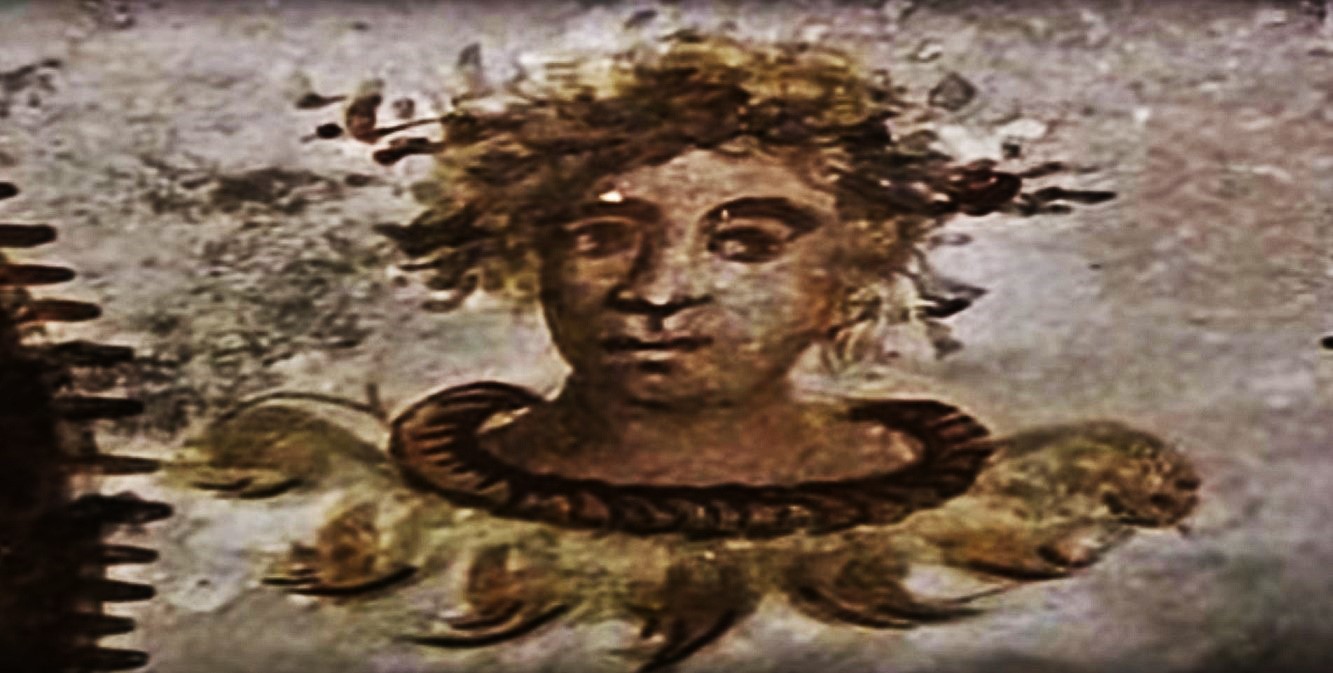
The Etruscans, like many other European peoples, used to bury their dead in underground chambers. The original Roman custom was cremation, after which the burnt remains were kept in a pot, ash-chest or urn, often in acolumbarium.
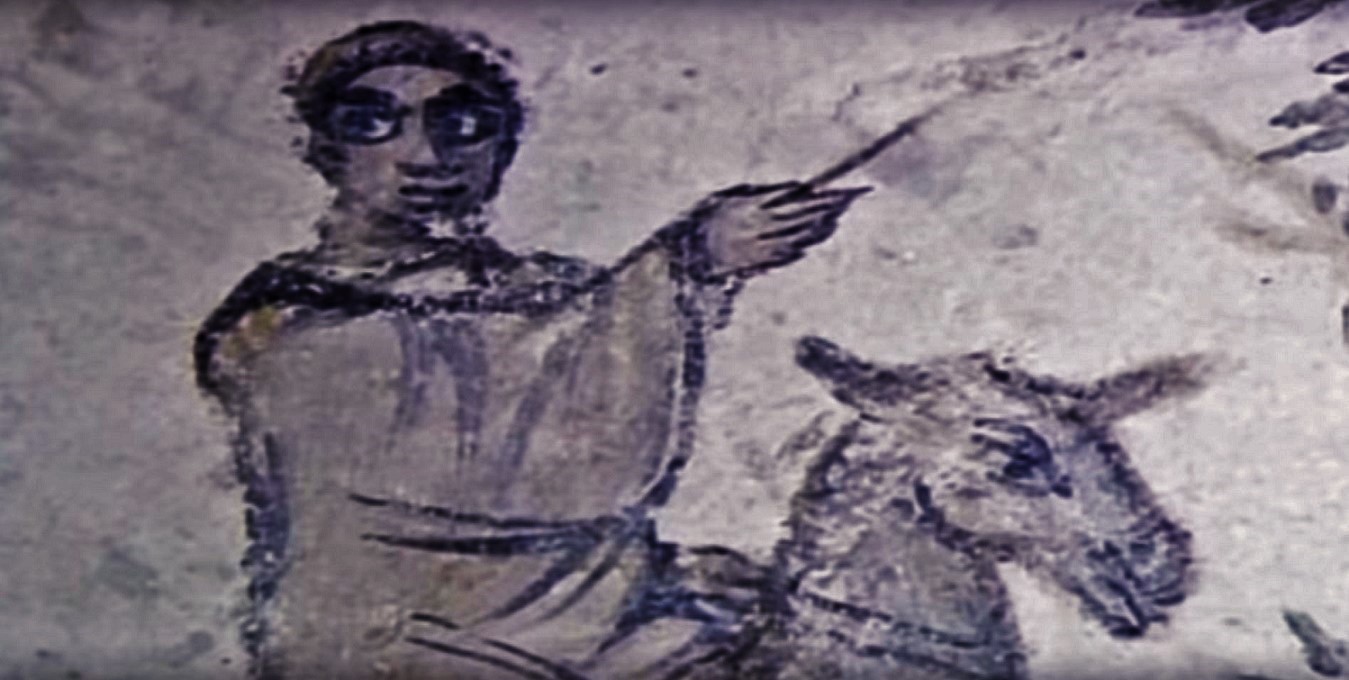
From about the 2nd century AD, inhumation (burial of unburnt remains) became more fashionable, in graves or sarcophagi, often elaborately carved, for those who could afford them. Christians also preferred burial to cremation because of their belief in bodily resurrection at the Second Coming.
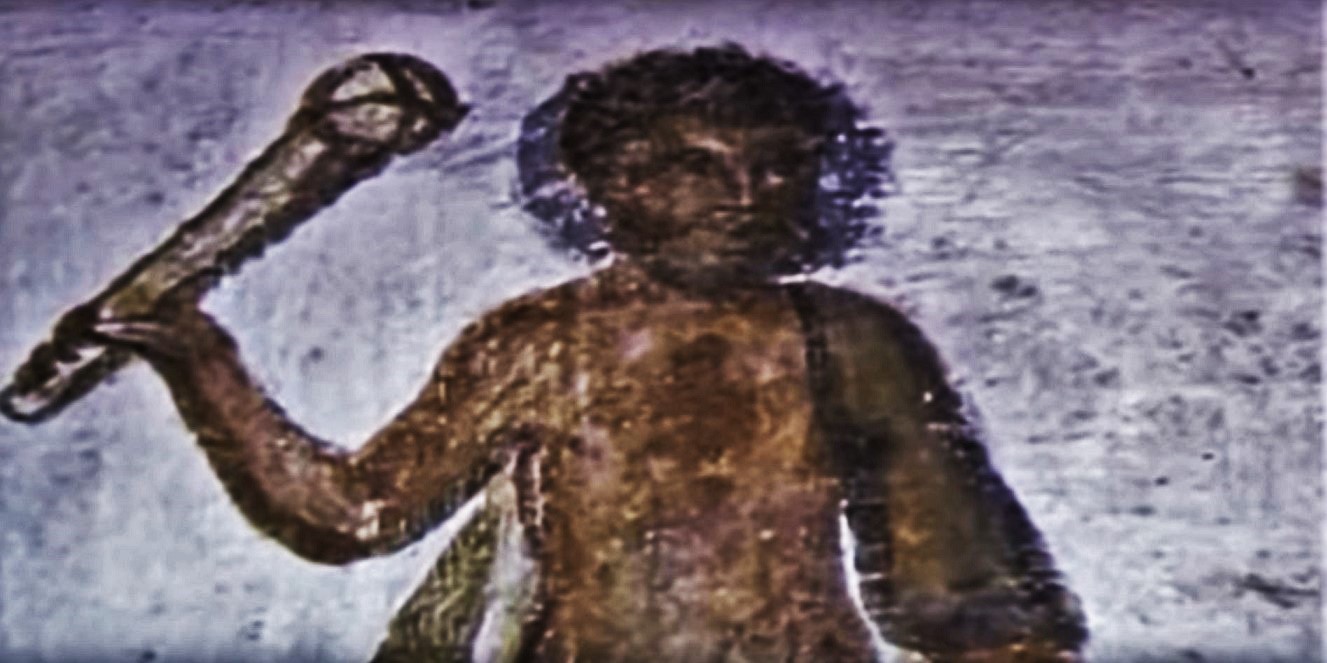
The Christian catacombs are extremely important for the art history of Early Christian art, as they contain the great majority of examples from before about 400 AD, in fresco and sculpture, as well as gold glass medallions (these, like most bodies, have been removed).

The Jewish catacombs are similarly important for the study of Jewish culture at this period. A number of dubious relics of catacomb saints were promoted after the rediscovery of the catacombs.
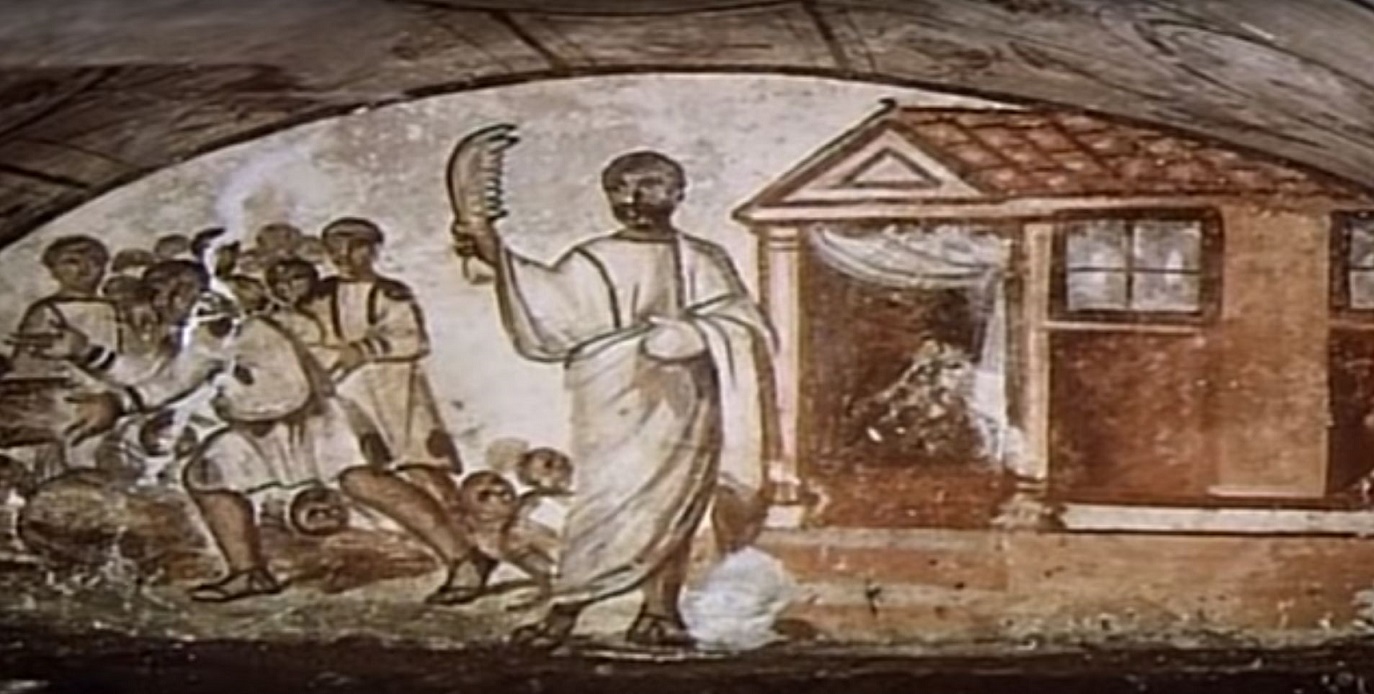
1 – Catacombe di Priscilla.
Address: Via Salaria, 430, 00199 Roma, Italy.
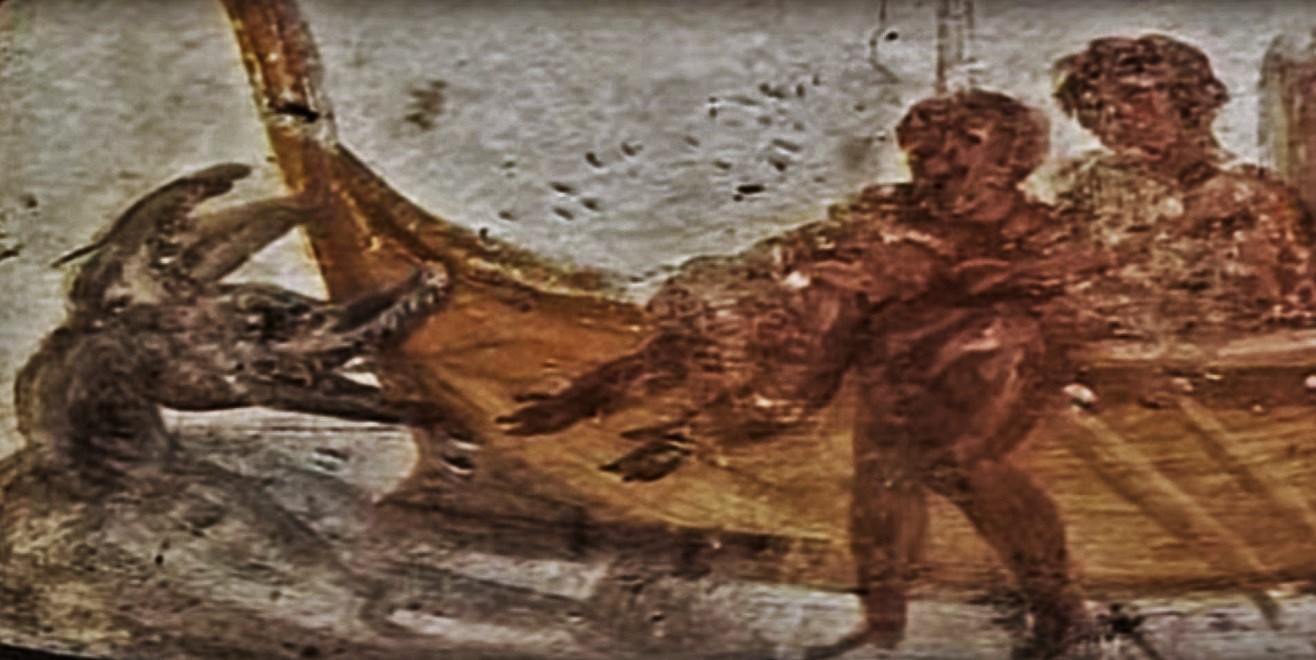
2 – Saint Marcellino and Pietro’s Catacombs.
Address: Via Casilina – Via di S. Marcellino, 641, 00177 Roma, Italy.
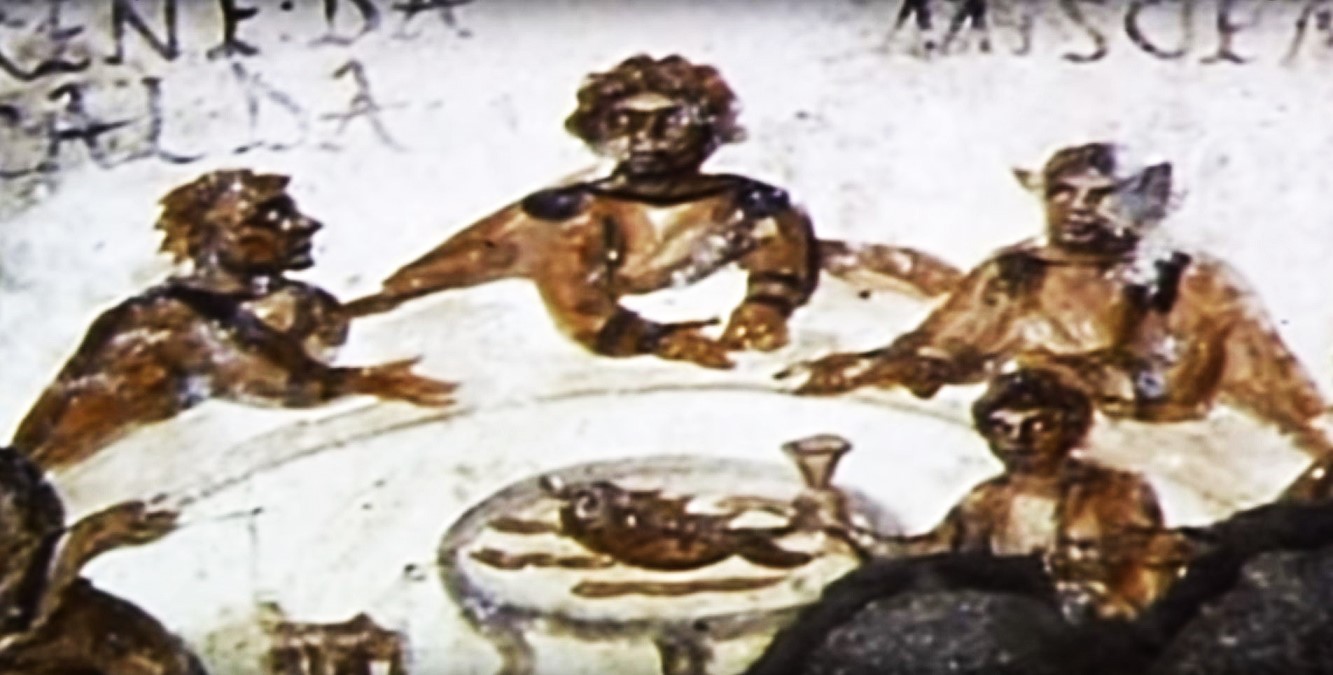
3 – Domitilla’s Catacombs.
Address: Via delle Sette Chiese, 282, 00147 Roma, Italy.

4 – Catacombs of St. Callixtus.
Address: Via Appia Antica, 110/126, 00179 Roma, Italy.
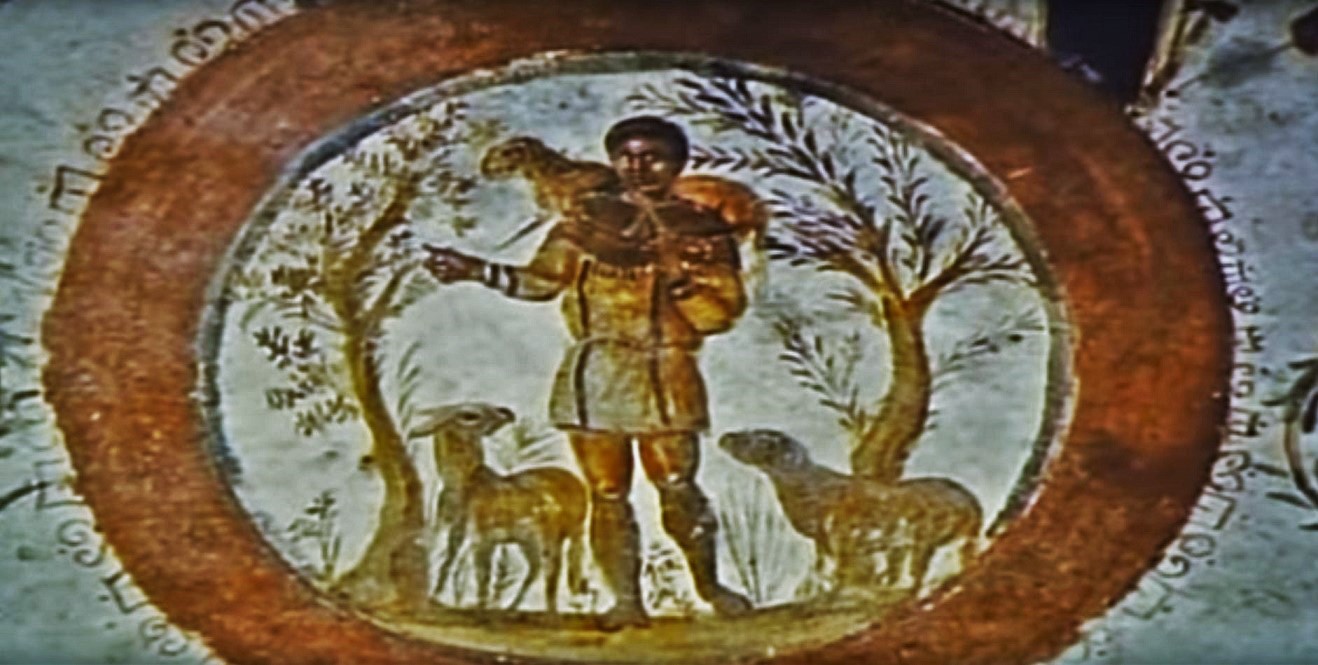
Good Shepard
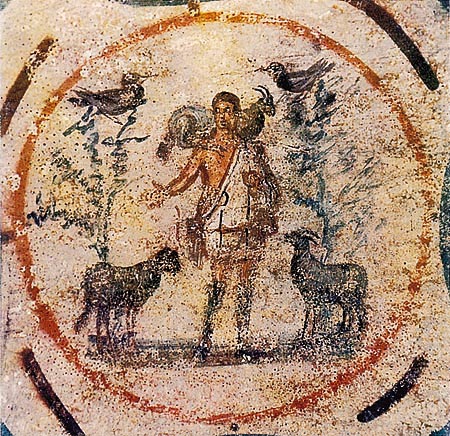
This fresco below of the Good Shepherd was found on the ceiling of the Vault of Lucina in the Catacomb of Callixtus in Rome.

5 – The Catacombs of Saint Sebastian.
Address: Via Appia Antica, 136, 00179 Roma, Italy.
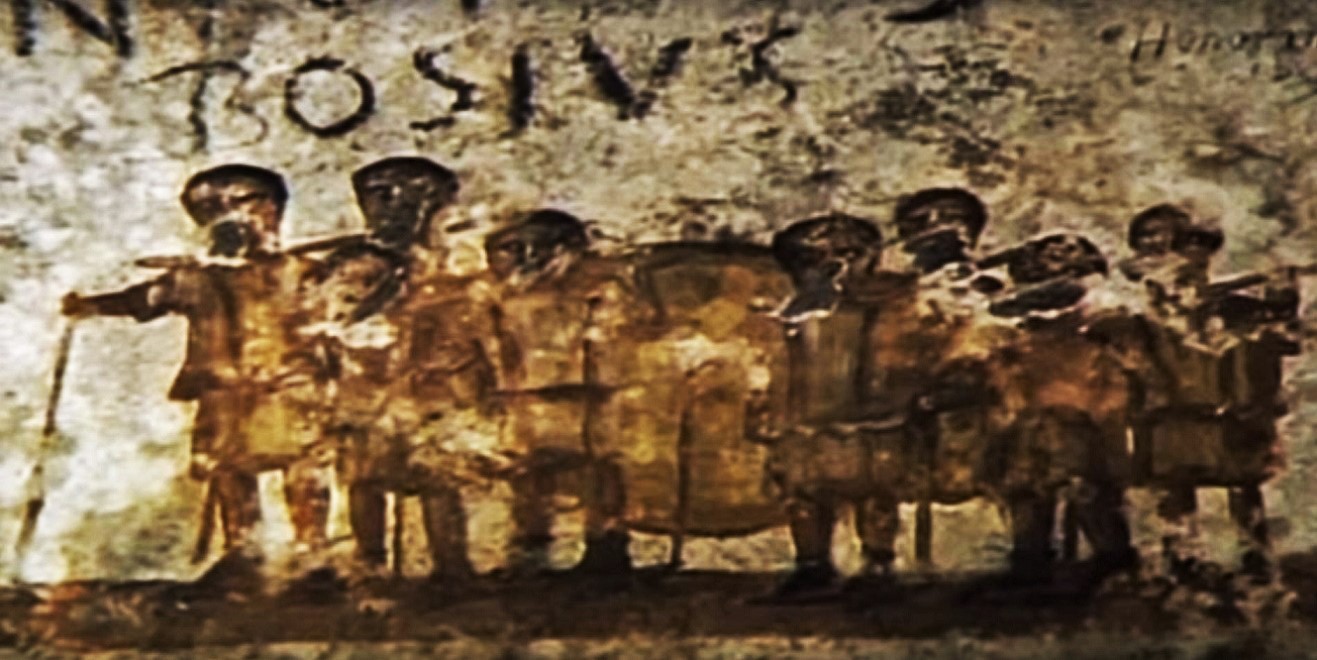
The Etruscans, like many other European people, used to bury their dead in underground chambers. The original Roman custom was cremation, after which the burnt remains were kept in a pot, ash-chest or urn, often in acolumbarium.
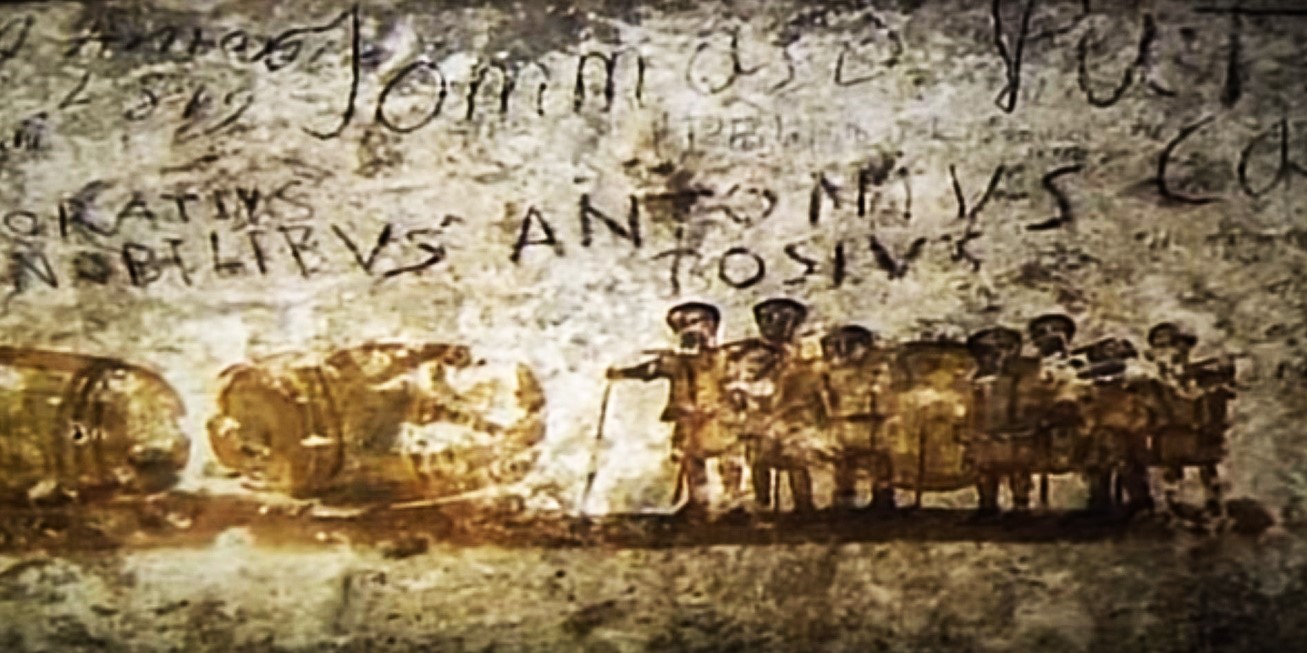
From about the 2nd century AD, inhumation (burial of unburnt remains) became more fashionable, in graves or sarcophagi, often elaborately carved, for those who could afford them. Christians also preferred burial to cremation because of their belief in bodily resurrection at the Second Coming.
How to Visit Underground Catacombs in Rome, Italy

Images for catacombs of Rome fresco
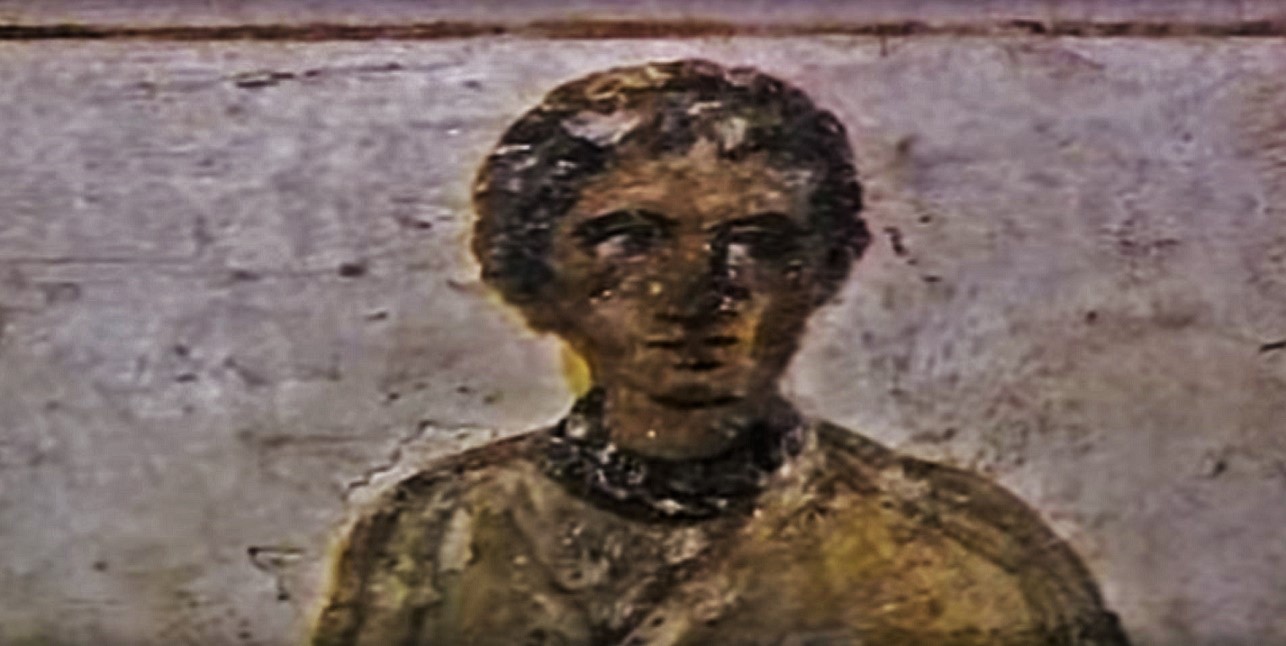
The first large-scale catacombs in the vicinity of Rome were excavated from the 2nd century onwards. They were carved through tufo, a soft volcanic rock, outside the walls of the city, because Roman law forbade burial places within city limits.
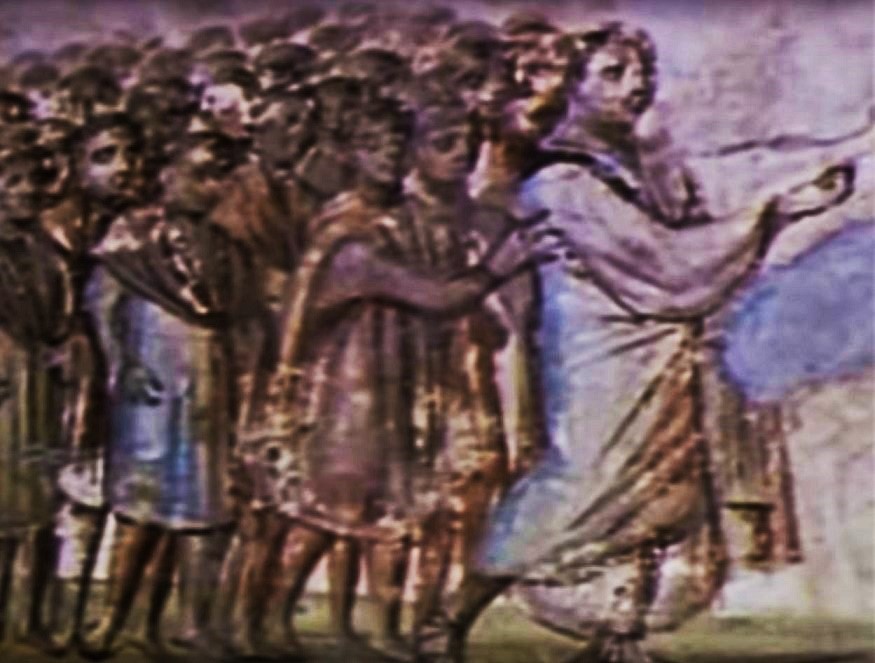
The pagan custom was to incinerate corpses, while early Christians and Jews buried the dead. Since most Christians and Jews at that time belonged to the lower classes or were slaves, they usually lacked the resources to buy land for burial purposes.
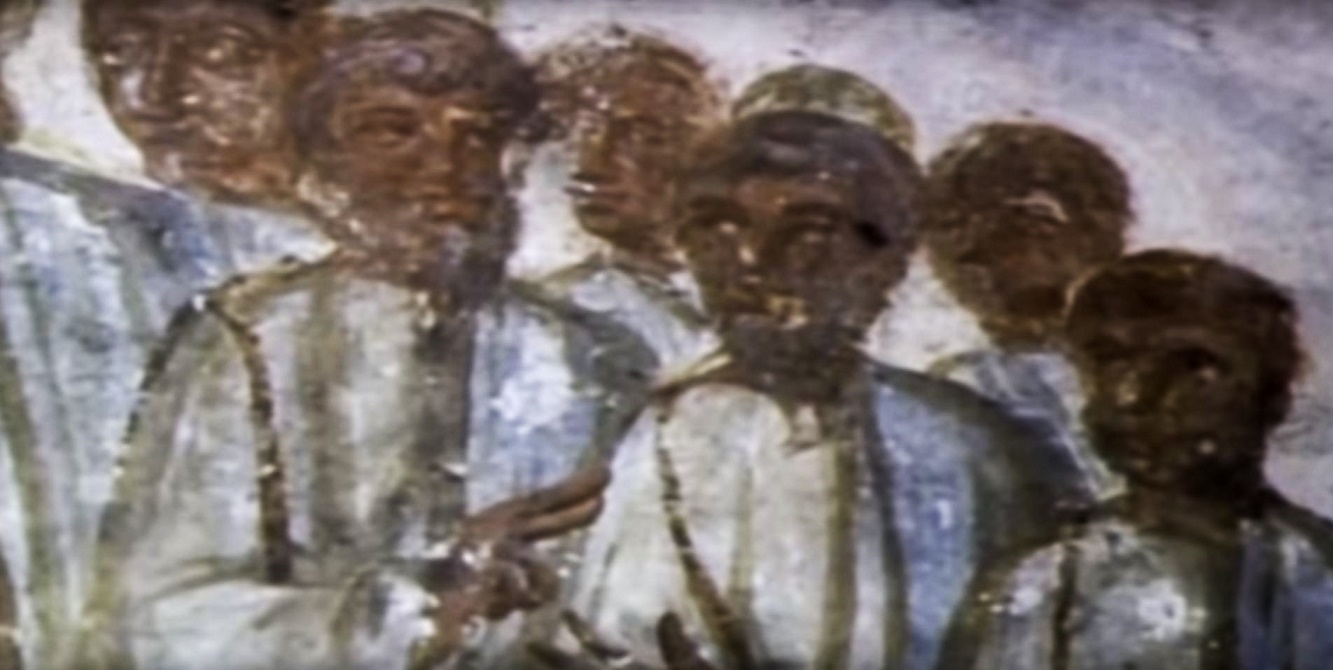
Instead, networks of tunnels were dug in the deep layers of tufo which occurred naturally on the outskirts of Rome. At first, these tunnels were probably not used for regular worship, but simply for burial and, extending pre-existing Roman customs, for memorial services and celebrations of the anniversaries of Christian martyrs.
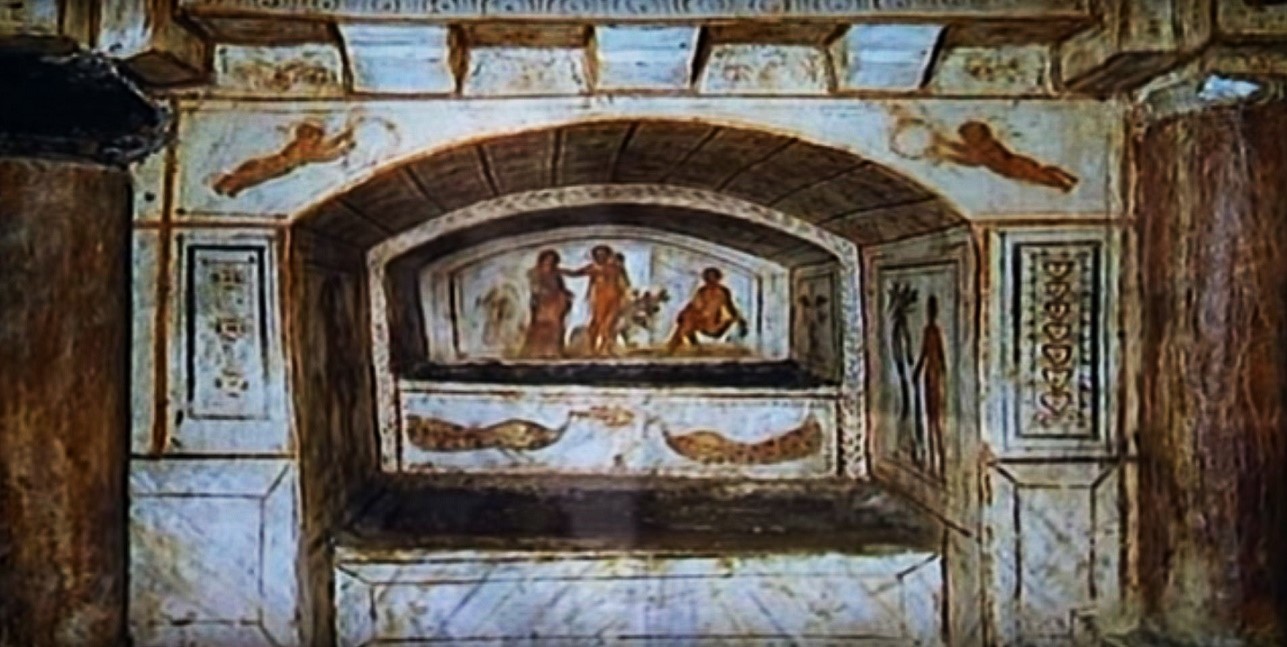
There are sixty known subterranean burial chambers in Rome. They were built outside the walls along main Roman roads, like the Via Appia, the Via Ostiense, the Via Labicana, the Via Tiburtina, and the Via Nomentana. Names of the catacombs – like St Calixtus and St Sebastian, which is alongside Via Appia – refer to martyrs that may have been buried there. About 80% of the excavations used for Christian burials date to after the time of the persecutions.
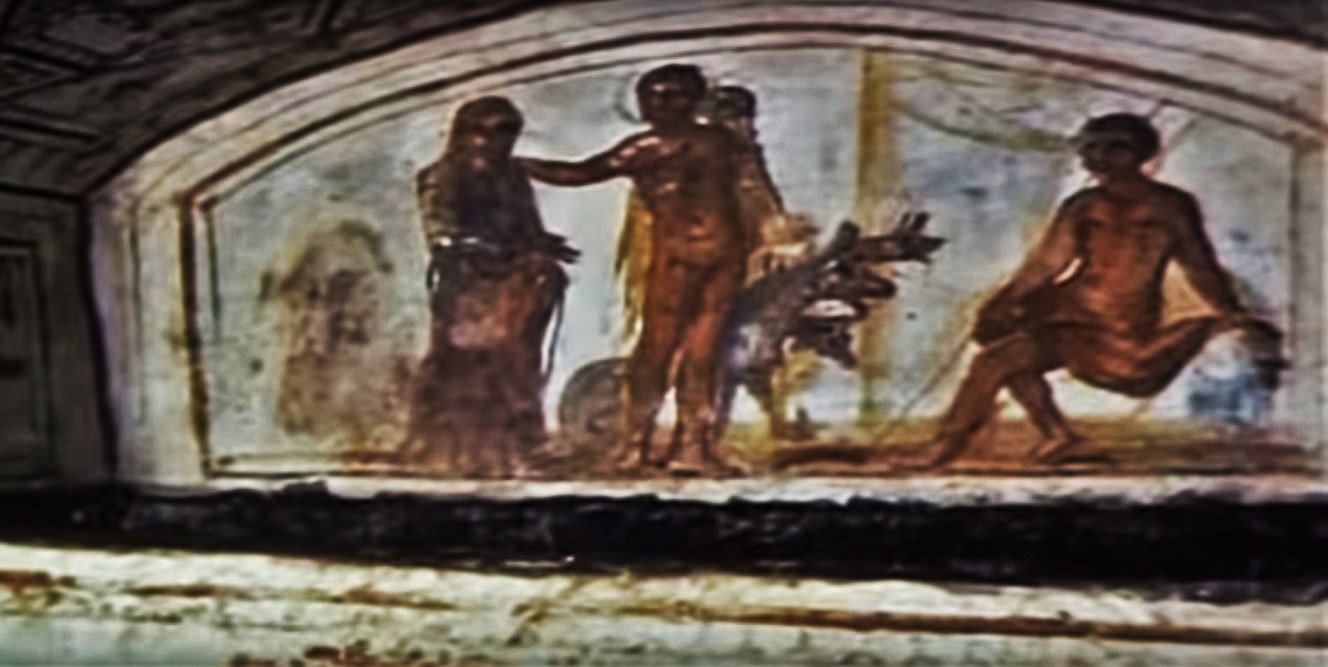
Vast systems of galleries and passages on top of each other. They lie 7–19 metres (23–62 ft) below the surface in an area of more than 2.4 square kilometres (590 acres). Narrow steps that descend as many as four stories join the levels. Passages are about 2.5 by 1 metre (8.2 ft × 3.3 ft). Burial niches (loculi) were carved into walls. They are 40–60 centimetres (16–24 in) high and 120–150 centimetres (47–59 in) long.

Bodies were placed in chambers in stone sarcophagi in their clothes and bound in linen. Then the chamber was sealed with a slab bearing the name, age and the day of death.
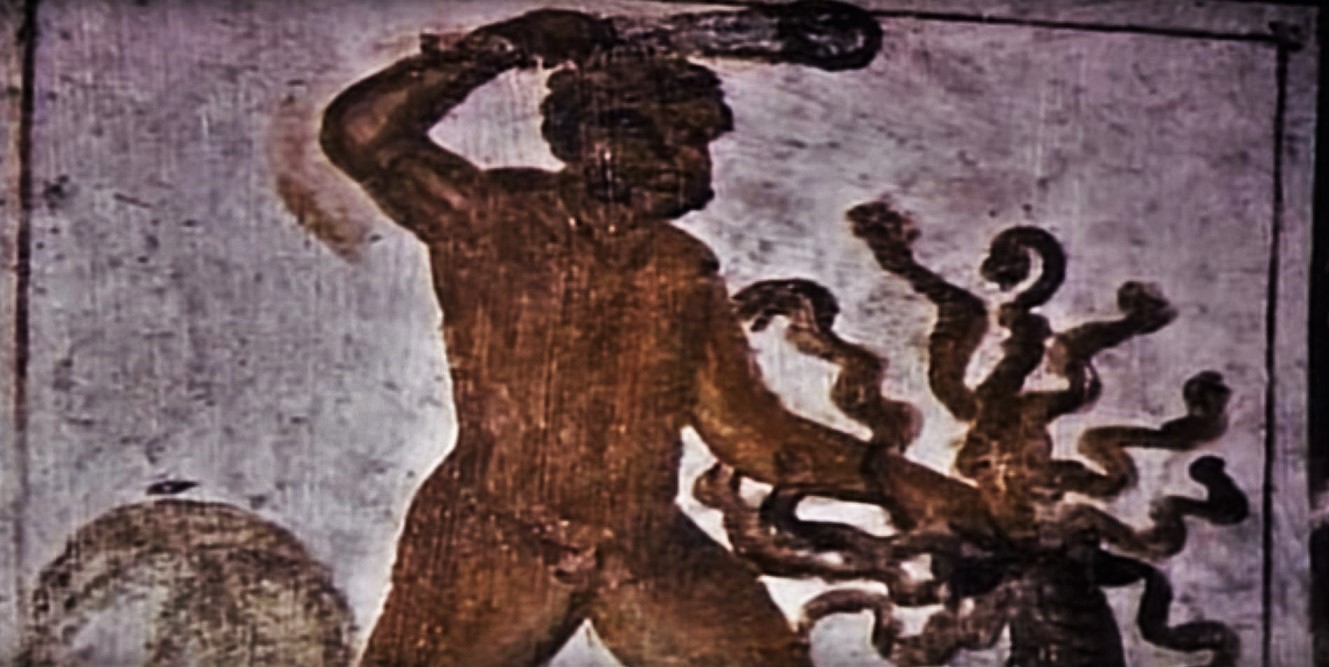
The fresco decorations provide the main surviving evidence for Early Christian art, and initially show typically Roman styles used for decorating homes – with secular iconography adapted to a religious function.
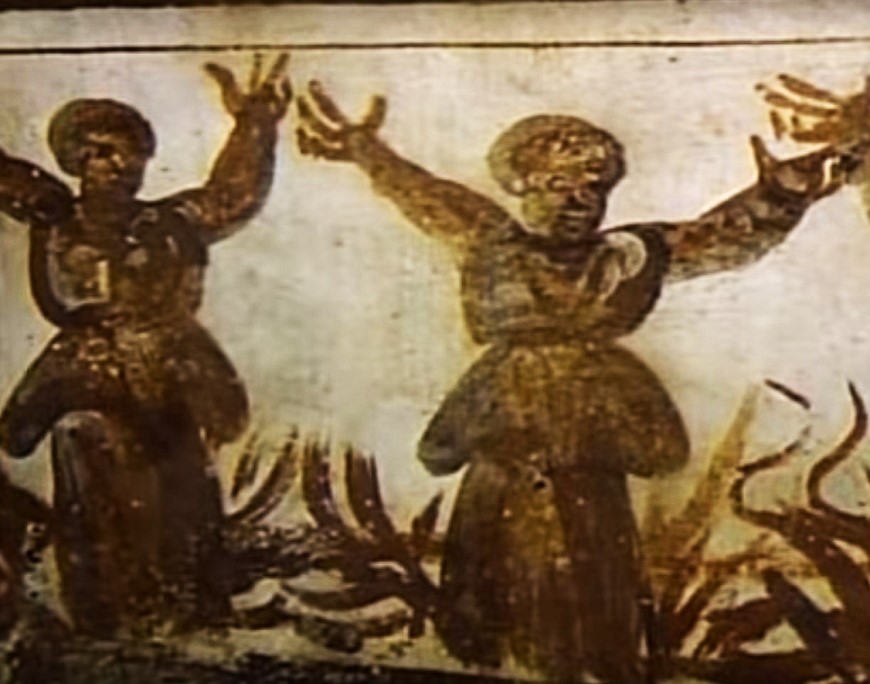
The catacomb of Saint Agnes is a small church. Some families were able to construct cubicula which would house various loculi and the architectural elements of the space would offer a support for decoration. Another excellent place for artistic programs were the arcosolia.

Rome’s Ancient Catacombs — National Geographic
Fresco
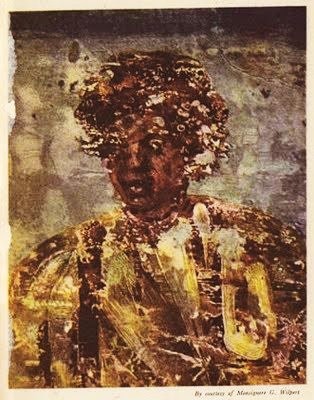
Dura Europos fresco holy man.
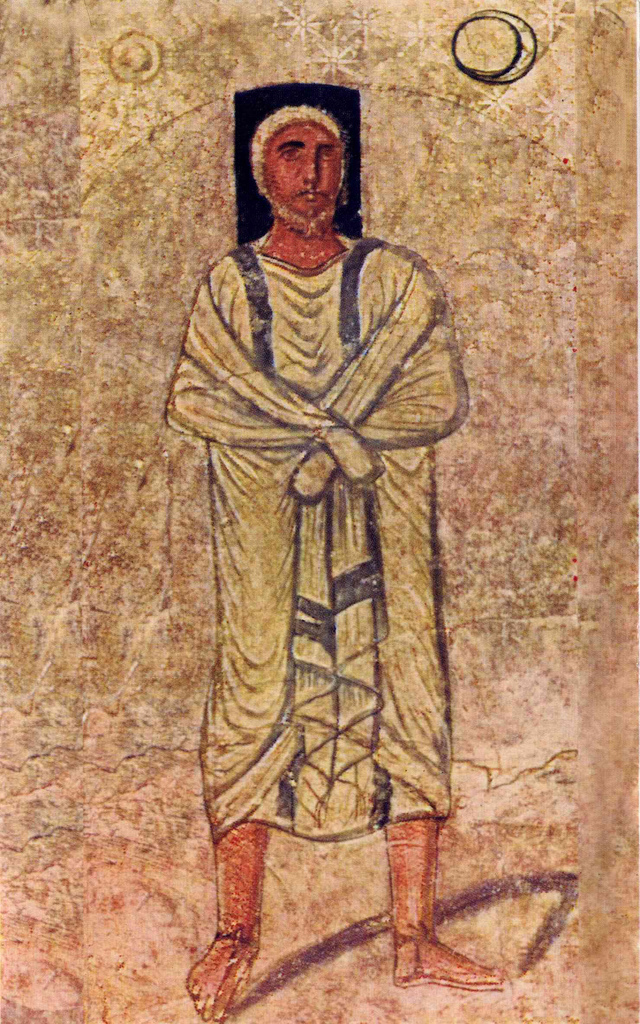
Synagogue Moses Parts The Red Sea.
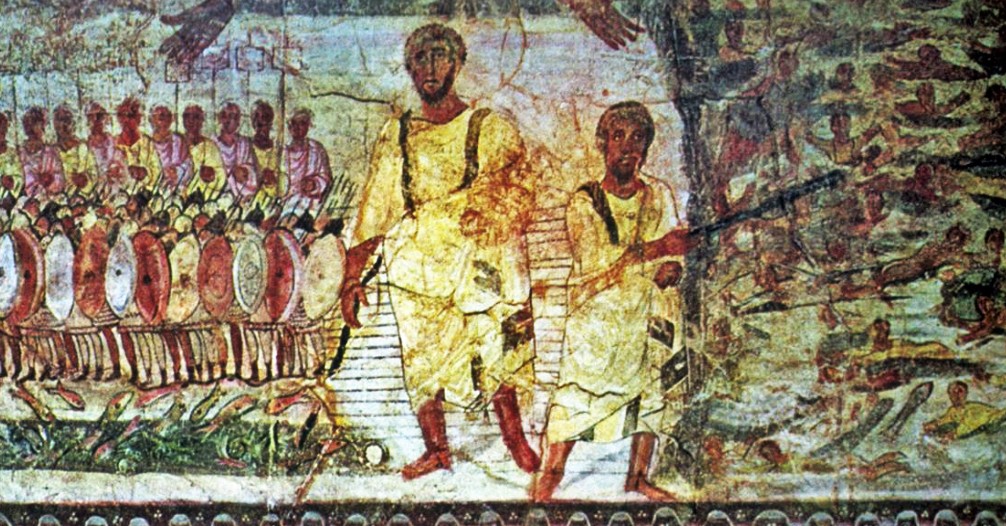
Exodus from Egypt

Sources:
http://users.stlcc.edu

No Comments Yet